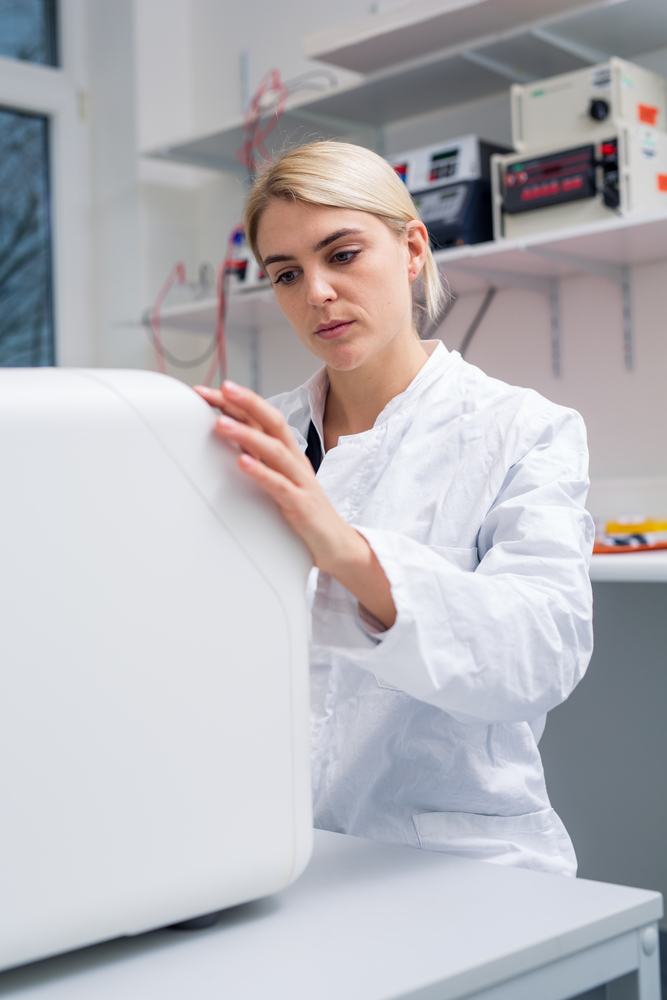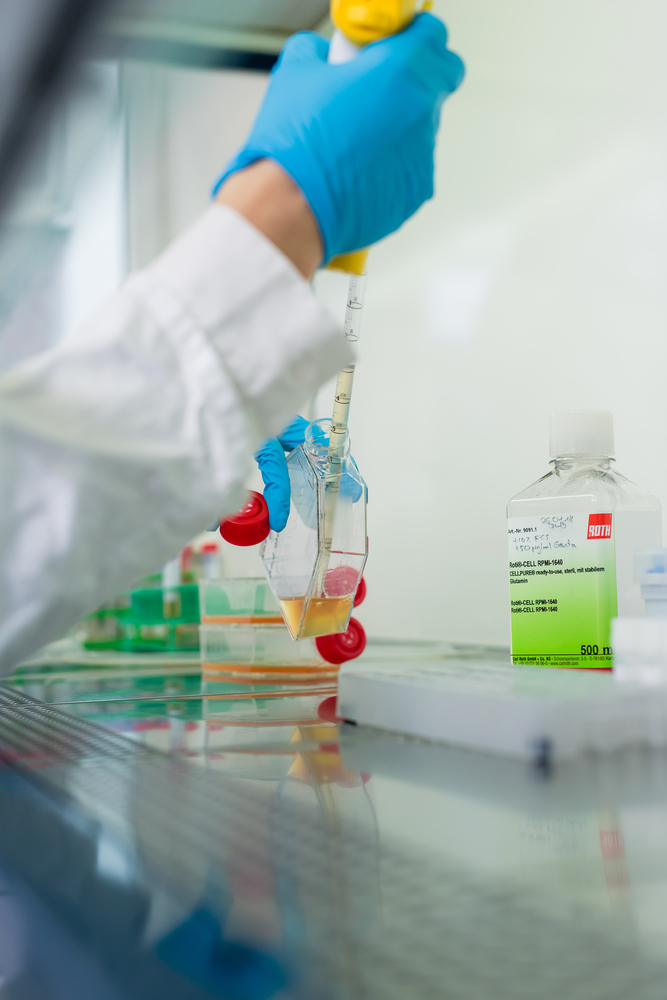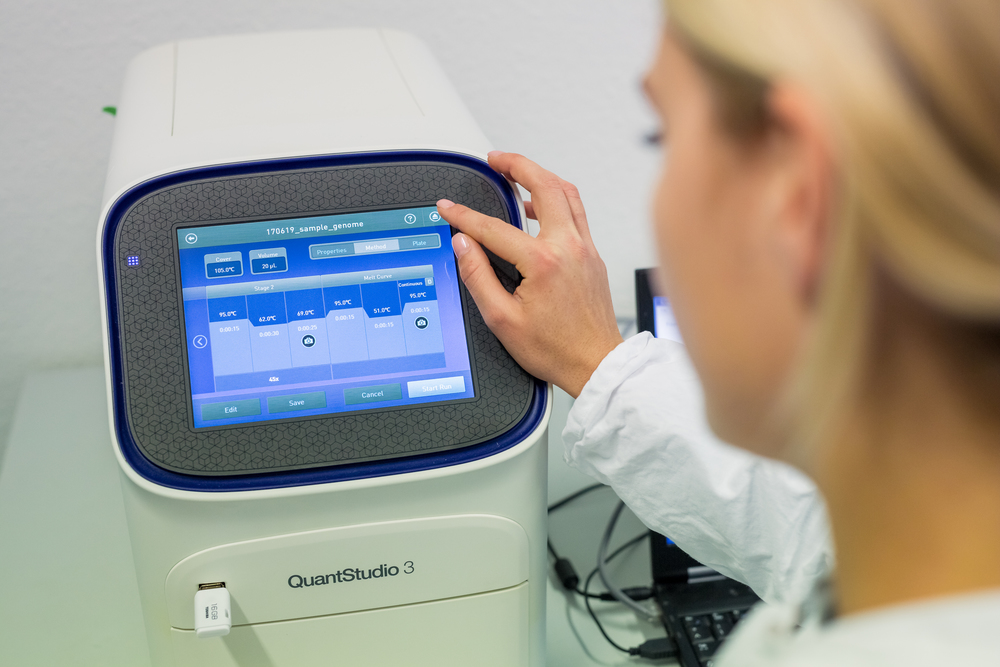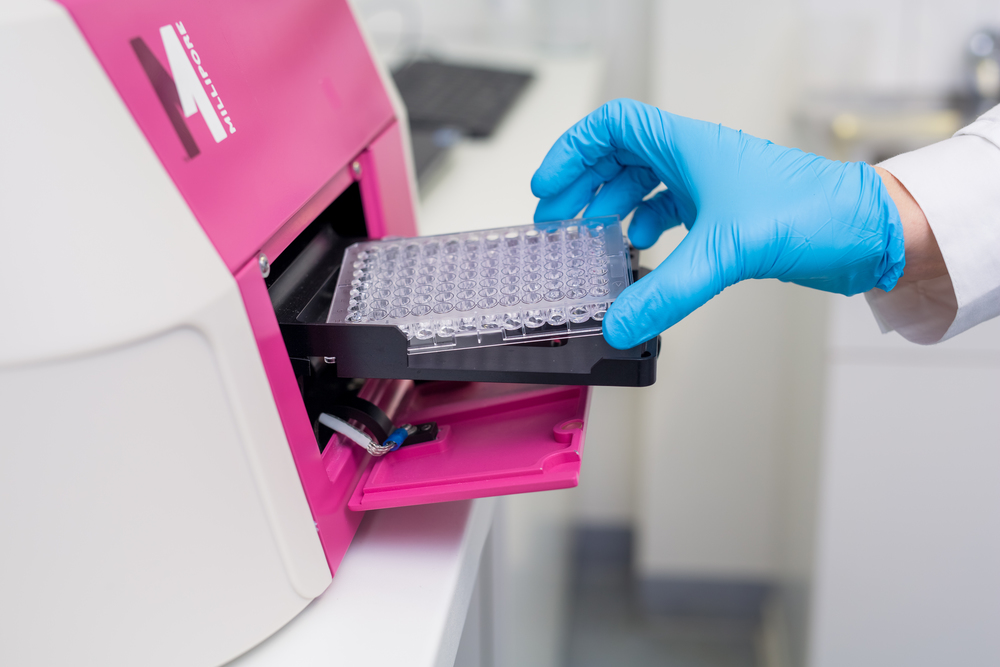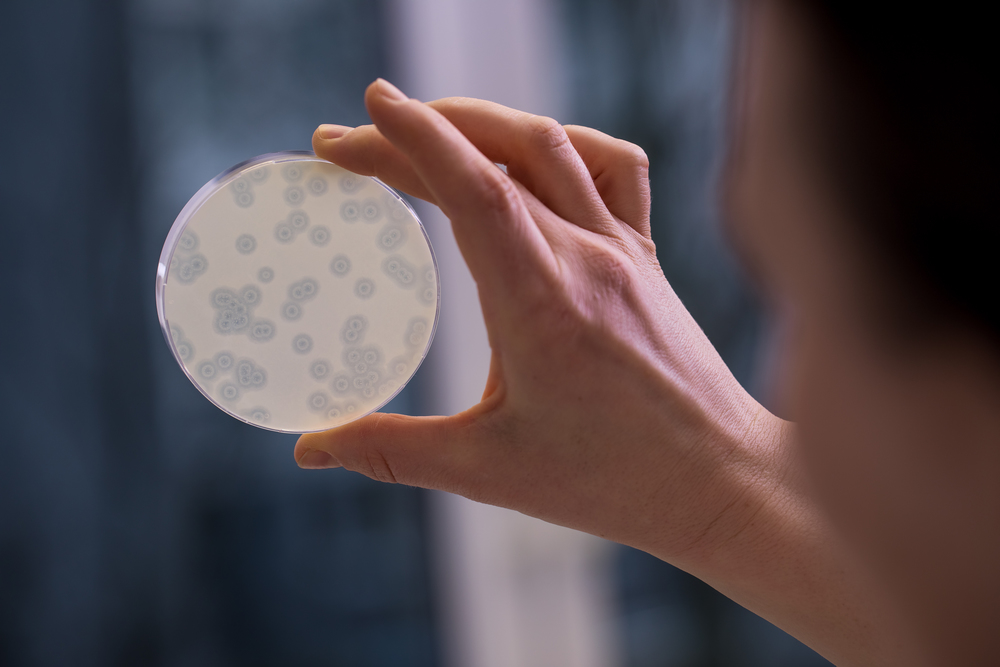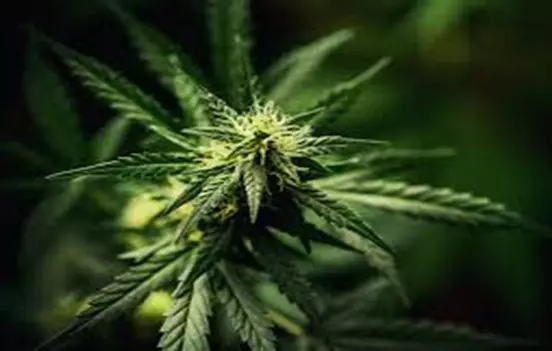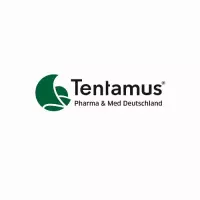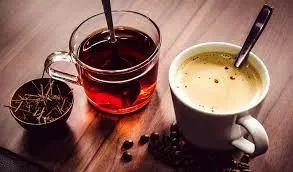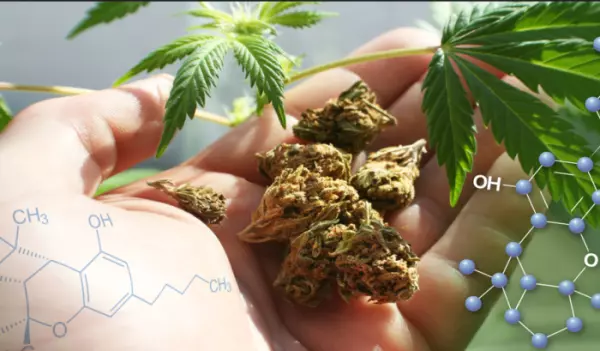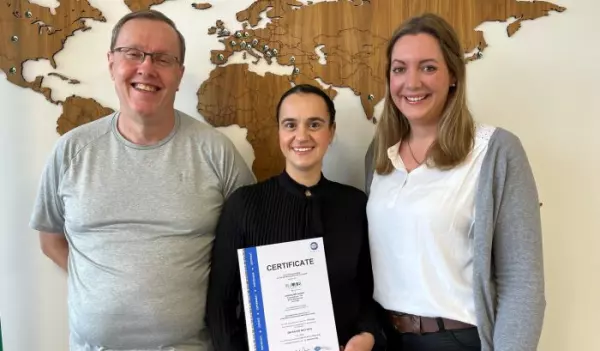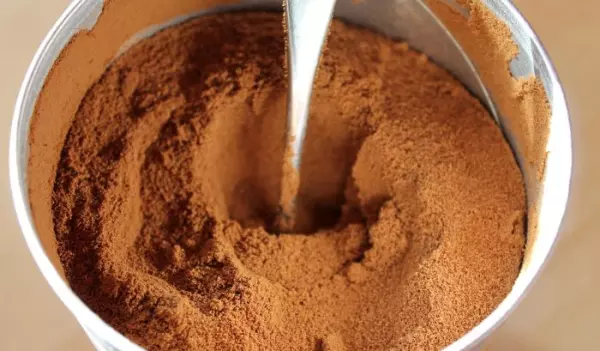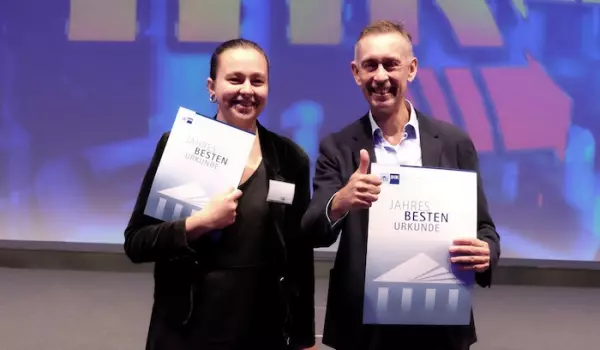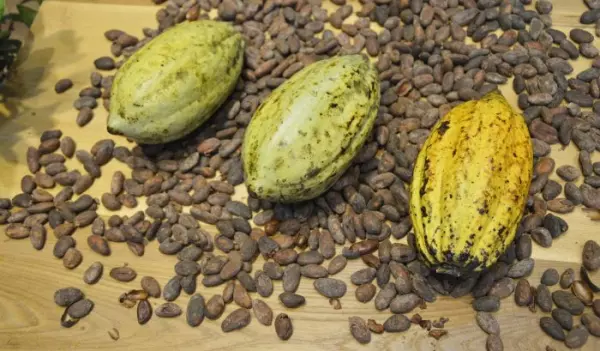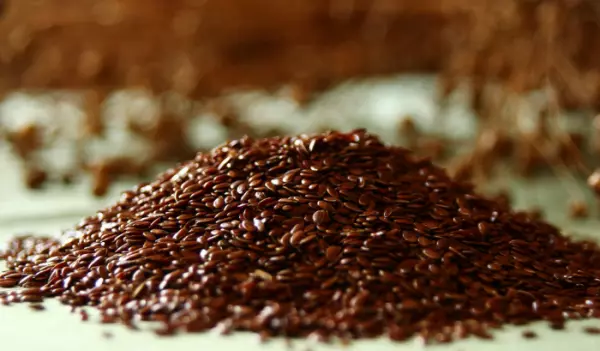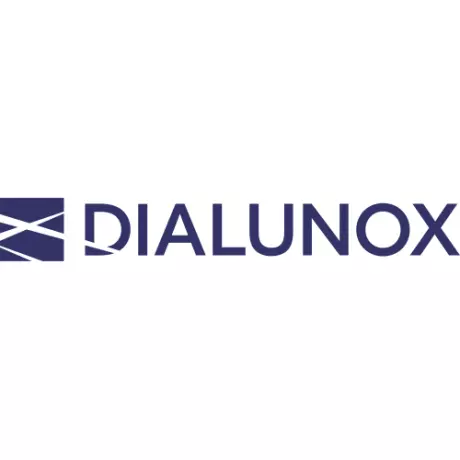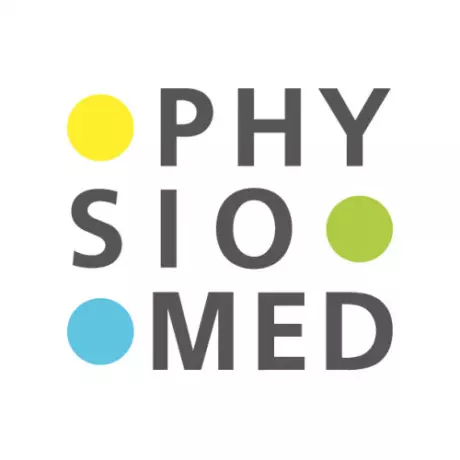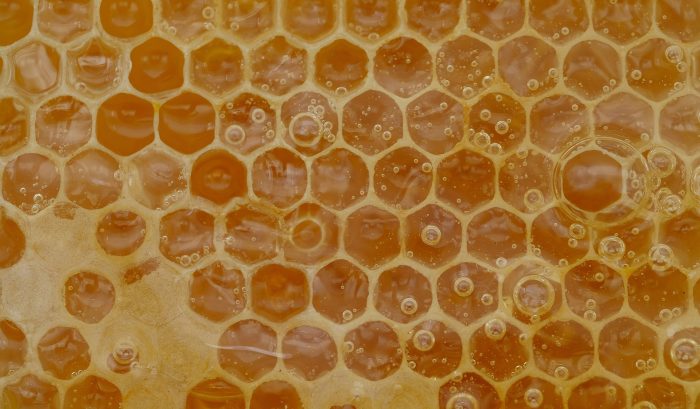
The "minimum performance limits" (MRPL) for the antibiotic banned substances chloramphenicol (MRPL = 0.3 ppb) and nitrofuran metabolites (MRPL = 1.0 ppb) in animal foods such as honey, which have been in force in the EU for many years, have been replaced by "reference values for measures". (RWM) replaced and significantly tightened.
The new RWM have been in force since November 28, 2022 (COMMISSION REGULATION (EU) 2019/1871 of
7 November 2019 on the reference levels for action for prohibited pharmacologically active substances contained in food of animal origin and repealing Decision 2005/34/EC):
• New RWM chloramphenicol = 0.15 µg/kg (ppb)
• New RWM nitrofurans and their metabolites = 0.5 µg/kg (ppb)
• The nitrofuran Nifursol and its metabolite DNSH (3,5-dinitrosalicylic acid hydrazide) have been newly included.
Art. 5 VO (EU) 2019/1871 is particularly relevant for the evaluation of findings:
Food of animal origin containing residues of a pharmacologically active substance at a concentration equal to or higher than the reference point for action shall be considered not to comply with Union law and shall not enter the food chain. The entry into the food chain of food of animal origin containing residues of a pharmacologically active substance in a concentration below the reference point for action shall not be prohibited.
QSI has expanded the scope of nitrofuran methods (previously SEM, AOZ, AMOZ and AHD) to include the metabolite DNSH in accordance with the new legal requirements.
QSI already offers the analysis of chloramphenicol and the nitrofuran metabolites with sufficiently sensitive limits of quantification (LOQ) below the new reference values for measures.
There are two LC-MS/MS methods with 0.1 ppb BG and 0.05 ppb BG and a screening ELISA test with 0.1 ppb BG available for chloramphenicol.
Together with the other amphenicols thiamphenicol and florfenicol (no prohibited substances, BG remains at 0.3 ppb), chloramphenicol is only offered with the two lower BGs of 0.1 ppb and 0.05 ppb.
LC-MS/MS methods with 0.5 ppb BG and 0.2 ppb BG are available for the five nitrofuran metabolites.
An additional information (pdf-file) is automatically issued for confirmed positive LC-MS/MS findings of prohibited substances from ½ BG, so that you as a customer are informed safely and reliably about findings below the BG (optionally deselectable).
The codes with determination limits (report limits) on the outdated MRPL have been decommissioned as they are no longer sufficiently sensitive for legal assessment in the EU.
Please do not hesitate to contact us with any questions or for an offer - we look forward to actively supporting your company!
Email: info.qsi@tentamus.com
Phone: +49 (0) 421-596607-0
contact form


